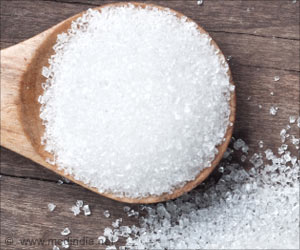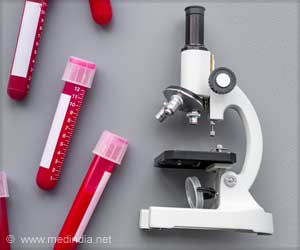Currently, it is difficult to treat traumatic brain injury (TBI) in the clinic. There are abundant neural network connections and humoral regulation mechanisms between the cerebral hemispheres.
Brain tissue on the uninjured side after TBI may also undergo abnormal changes, but these changes remain poorly understood. Hong Lu and her team, Affiliated Haikou Hospital, Xiangya School of Medicine, Central South University, in China performed a study to investigate whether apparent diffusion coefficient (ADC) measurements can reflect cytotoxic edema on the uninjured side using diffusion tensor imaging.
They found that, on the injured side, vasogenic edema followed by intracellular edema appeared; on the uninjured side, the pathological changes occur later, cytotoxic edema followed by vasogenic edema was visible, but vasogenic edema tended to decrease with time.
These results indicate that ADC values can accurately reflect the changes on the injured side, but do not reflect the changes on the uninjured side, giving a false-negative result. Related results were published in
Neural Regeneration Research (Vol. 9, No. 9, 2014).
Source-Eurekalert










